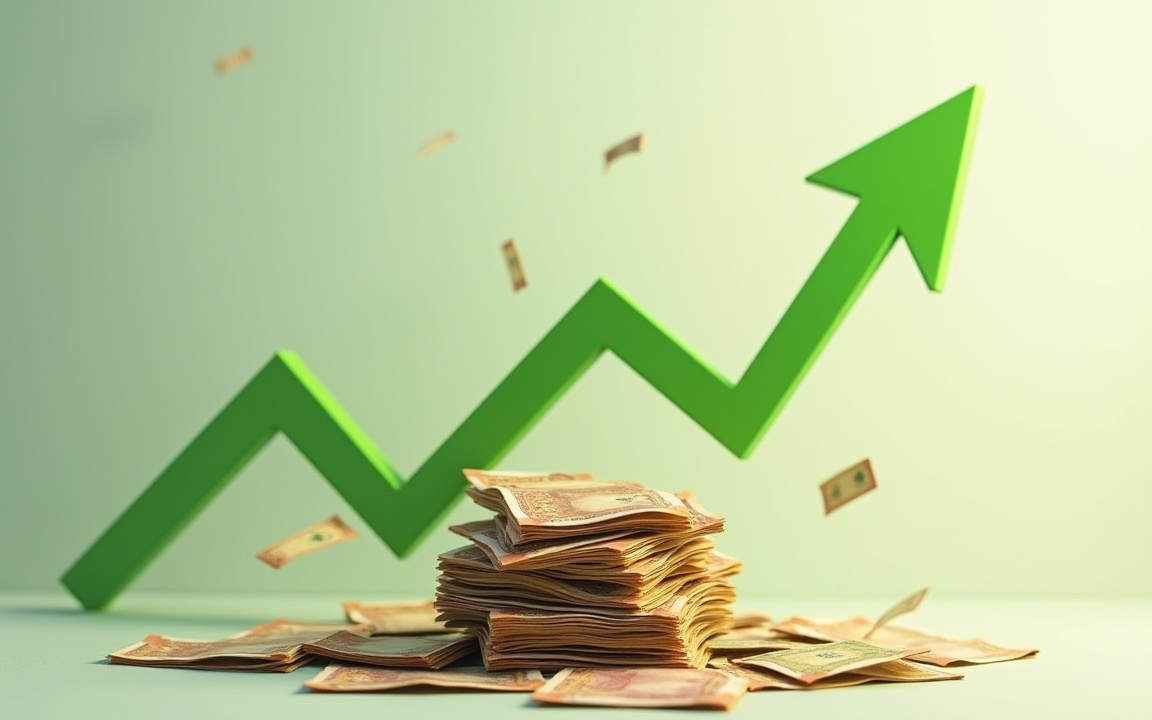India’s economy started the new financial year on a stronger-than-expected note, with Gross Domestic Product (GDP) expanding 7.8% in the April-June quarter of FY26, according to data from the National Statistics Office (NSO).
The reading marked a five-quarter high and surpassed economists’ projections of between 6.3% and 7%. The Reserve Bank of India (RBI) had expected growth of 6.5%.
This rebound comes after GDP had slowed to 6.7% in the same period a year earlier, making the latest print significant for policymakers, investors, and global observers tracking the pace of India’s recovery.
GDP data and sectoral performance
Real GDP at constant prices for Q1 FY26 was estimated at ₹47.89 lakh crore, up from ₹44.42 lakh crore in Q1 FY25, reflecting 7.8% growth.
Nominal GDP at current prices stood at ₹86.05 lakh crore, compared to ₹79.08 lakh crore in the same period last year, recording an 8.8% rise.
Agriculture and mining, which make up the primary sector, grew 2.8% in the June quarter, up from 2.2% a year earlier.
Agriculture itself expanded 3.7% compared to 1.5% last year, while the mining sector contracted by 3.1% after having grown 6.6% in Q1 FY25.
The secondary sector, comprising manufacturing and electricity, saw growth of 7%.
Manufacturing rose 7.7%, slightly higher than the 7.6% recorded last year, while overall secondary sector growth slipped from 8.6% in the previous fiscal.
Services, which dominate India’s economy, led the gains with 9.3% growth. Trade, hotels, transport, communications, and broadcasting grew 8.6%, compared with 5.4% a year earlier.
Financial, real estate, and professional services posted 9.5% growth, up from 6.6% in the same quarter last year. Public administration and defence also advanced strongly at 9.8%, compared with 9% previously.
Public spending as a growth driver
Government expenditure emerged as a key contributor, with the Centre’s capital expenditure rising by 52% year-on-year in the first quarter. This supported construction activity and strengthened demand across related industries.
Agriculture also benefitted from increased spending, while high-frequency indicators such as GST collections, aviation cargo traffic, and steel production showed notable improvement.
Exports of goods and services rose 5.9% in Q1 FY26, aided by demand from economies such as the US. Construction and agriculture were flagged as sectors with higher-than-expected growth.
Economists now expect GDP to remain supported by public expenditure, rural demand, and a resilient services sector in the coming quarters.
Risks from tariffs and global trade
While domestic demand continues to drive India’s economy, risks from global trade remain.
Tariffs imposed by the US administration—initially 25% on Indian imports and later raised to 50% due to a levy linked to Russian oil trade—could weigh on growth.
Experts estimated the impact of these tariffs could trim 30 basis points off full-year growth if maintained.
Even so, economists point to India’s relatively closed economy as a buffer. With domestic demand at the centre of growth, the risks from tariff increases are considered less severe.
The World Bank and IMF expect India’s GDP to expand 6.3% and 6.4% respectively in FY26, keeping the country among the world’s fastest-growing major economies.
Looking ahead, GST rationalisation, possible interest rate cuts by the RBI’s Monetary Policy Committee (MPC), and a favourable monsoon could support consumption.
Together with government-led infrastructure spending and strong service-sector growth, these factors may sustain momentum despite external risks.
The post India GDP growth hits 7.8% in Q1 FY26, boosted by public spending, services appeared first on Invezz

